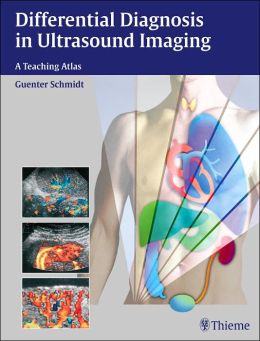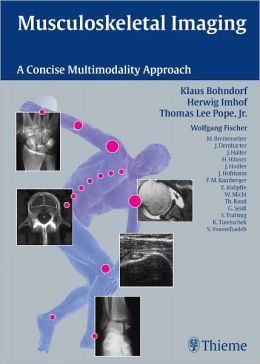-58%
Genitourinary Imaging: A Comprehensive Diagnostic Tool for Urological Conditions
Genitourinary imaging plays a pivotal role in the diagnosis and management of a wide spectrum of diseases and disorders affecting the genitourinary system. This advanced imaging technique provides valuable insights into the anatomy, function, and pathology of the urinary tract and reproductive organs.
Key Features of Genitourinary Imaging:
Unprecedented Imaging Resolution:
Genitourinary imaging offers exceptional image quality, capturing intricate anatomical structures and pathological changes with remarkable precision. Nearly 400 high-resolution radiographs illustrate a comprehensive array of genitourinary cases, ranging from routine evaluations to complex diagnostic challenges.
Online Resource for Enhanced Learning:
Supplementing the printed material, an extensive online library of 395 additional radiographs provides an invaluable resource for continuous learning and professional development. These supplemental images further enrich the educational experience, allowing clinicians to delve deeper into specific cases and enhance their diagnostic skills.
Comprehensive Coverage of Pathologies:
Genitourinary imaging encompasses a broad spectrum of common and uncommon presentations, catering to the diverse needs of urologists and radiologists. From adenomyosis, a benign uterine condition, to vas deferens calcifications, a potential indicator of reproductive complications, the imaging findings cover a wide range of urological pathologies.
Critical Cases for Immediate Diagnosis:
The extensive collection of images includes examples of cases that warrant immediate attention. These life-threatening conditions demand prompt diagnosis to avert potential disasters in daily clinical practice and on high-stakes examinations. By recognizing these critical cases, clinicians can make informed decisions and initiate timely interventions, improving patient outcomes.
Benefits of Genitourinary Imaging:
Early Detection and Accurate Diagnosis:
Genitourinary imaging enables the early detection of diseases, even at their subclinical stage. This facilitates timely intervention, increasing the likelihood of successful treatment and reducing the risk of long-term complications.
Comprehensive Assessment of Anatomy and Function:
Detailed imaging of the genitourinary system allows clinicians to assess not only the anatomical structures but also their functional status. This comprehensive evaluation helps differentiate between normal and pathological conditions, guiding appropriate treatment decisions.
Real-Time Monitoring of Treatment Response:
Genitourinary imaging can be used to monitor the effectiveness of ongoing treatment. By comparing serial images, clinicians can track disease progression, assess therapeutic efficacy, and adjust treatment plans as needed.
Non-Invasive and Painless Procedure:
Genitourinary imaging is a non-invasive and relatively painless procedure, making it well-tolerated by patients. It involves the use of X-rays or other non-ionizing radiation, minimizing any potential discomfort or harm.
Conclusion
Genitourinary imaging is an indispensable diagnostic tool in urology, providing a comprehensive and versatile approach to the diagnosis and management of genitourinary diseases. Its high image quality, extensive coverage of pathologies, and ability to monitor treatment response make it an essential asset for clinicians seeking to deliver optimal patient care in this specialized field.










Reviews
Clear filtersThere are no reviews yet.